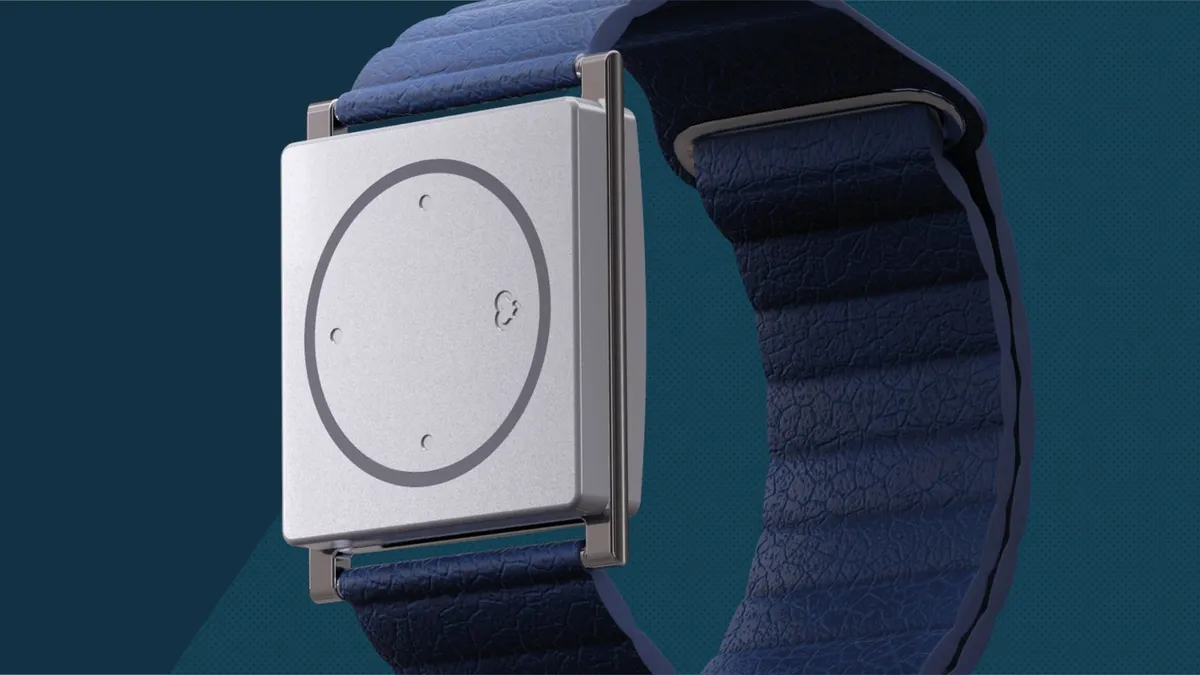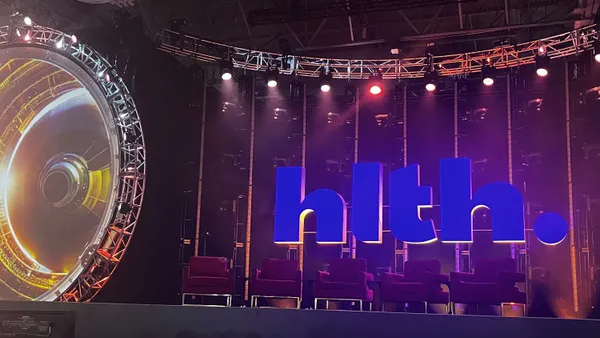Dive Brief:
-
FDA has cleared Empatica's seizure-sensing Embrace wristband for young individuals between the ages of six and 21 years old.
-
The device is designed to detect tonic-clonic seizures and alert caregivers, thereby increasing the likelihood that someone will be present to help the patient in the critical moments after an event.
-
Empatica won the 510(k) clearance, the first for a device like Embrace, according to the company, one year after getting the green light to use the device in the adult population.
Dive Insight:
Sudden unexpected death in epilepsy (SUDEP) is a concern for the roughly one-third of people with the neurological disorder whose seizures are not controlled by medication. In this subpopulation, tonic-clonic seizures, also known as grand mal seizures, cause loss of consciousness and muscle contractions and are associated with SUDEP, particularly if the event happens when the patient is alone.
Empatica developed Embrace, a wrist-worn sensor of motion and physiological signals, to cut the risk of a patient not receiving care shortly after suffering a seizure. When the system's analysis of three-axis accelerometer and electrodermal activity data uncovers patterns indicative of a seizure, the device sends an alert to the patient's caregiver.
FDA cleared the device for use in adults at the start of last year but, following a pattern common in medtech, held off on greenlighting its use in children. Pediatric device development can lag five to 10 years behind products aimed at adults but Empatica only had to wait another 12 months, delivering a boost to FDA's efforts to increase access for children.
Empatica received the clearance on the strength of data from a clinical trial that enrolled 141 people at epilepsy monitoring units. The study population included 80 children aged six to 21 years old.
Across all 141 patients, Embrace detected 53 of the 54 generalized tonic-clonic seizures that occurred during the study, giving it an accuracy rating of 98%. The device triggered false alarms more often in children than adults, but, at 1.35 false alarms per day, the rate came in below the level targeted by Empatica when it designed the study.
FDA saw the data as strong enough to support use of Embrace, making the device the first non-EEG based physiology signal seizure monitoring system to receive 510(k) clearance for use in children.











